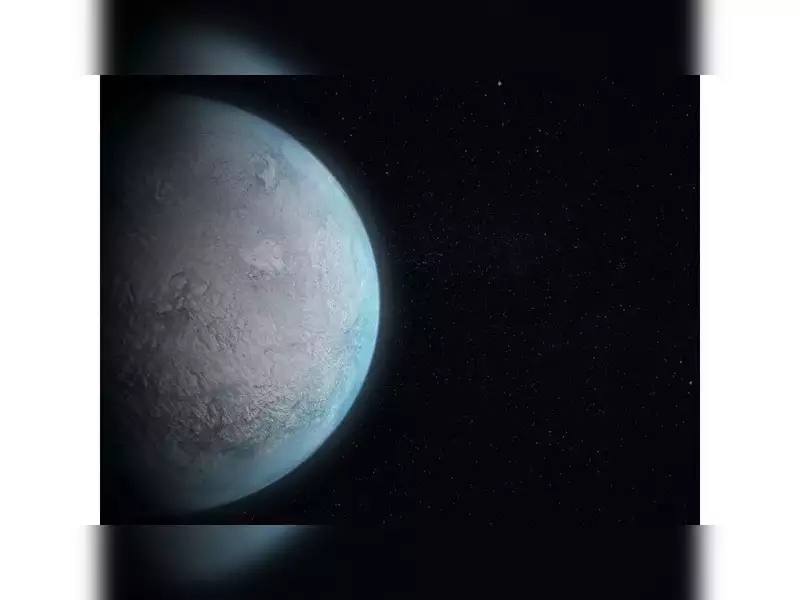Free Courses Sale ends Soon, Get It Now


Free Courses Sale ends Soon, Get It Now



Disclaimer: Copyright infringement not intended.
Context
Details
About exoplanets
Characteristics of Exoplanets:
Methods of Detection:
Significant Exoplanet Discoveries:
Challenges and Future Exploration:
Conclusion
Exoplanet exploration has revolutionized our understanding of planetary systems beyond our own, showcasing the diverse nature of worlds orbiting distant stars.
|
PRACTICE QUESTION Q. Exoplanets, or extrasolar planets, have gained immense significance in understanding the universe's complexity. Discuss the methods used for detecting and characterizing exoplanets. What implications do these discoveries hold for our understanding of planetary systems and the search for extra-terrestrial life? (250 Words) |
© 2024 iasgyan. All right reserved